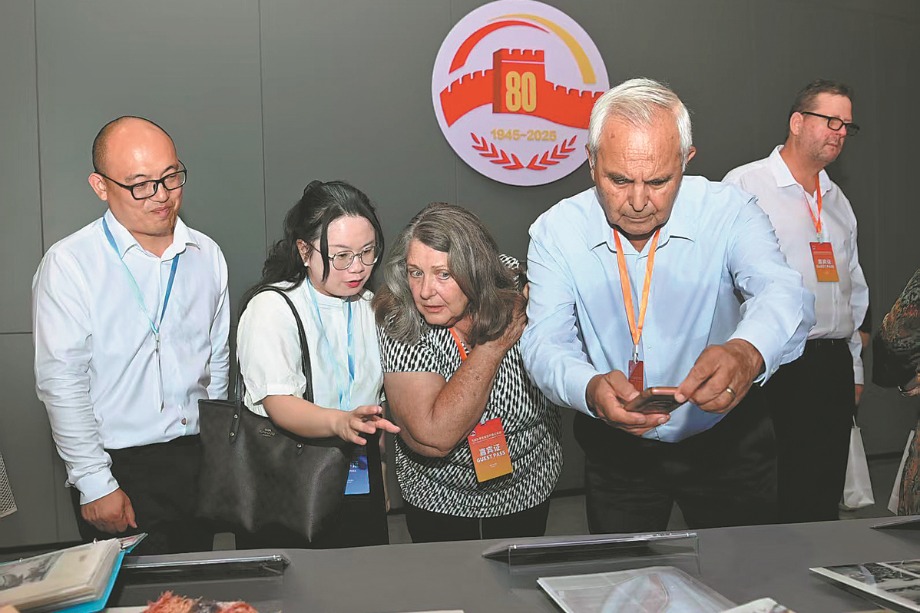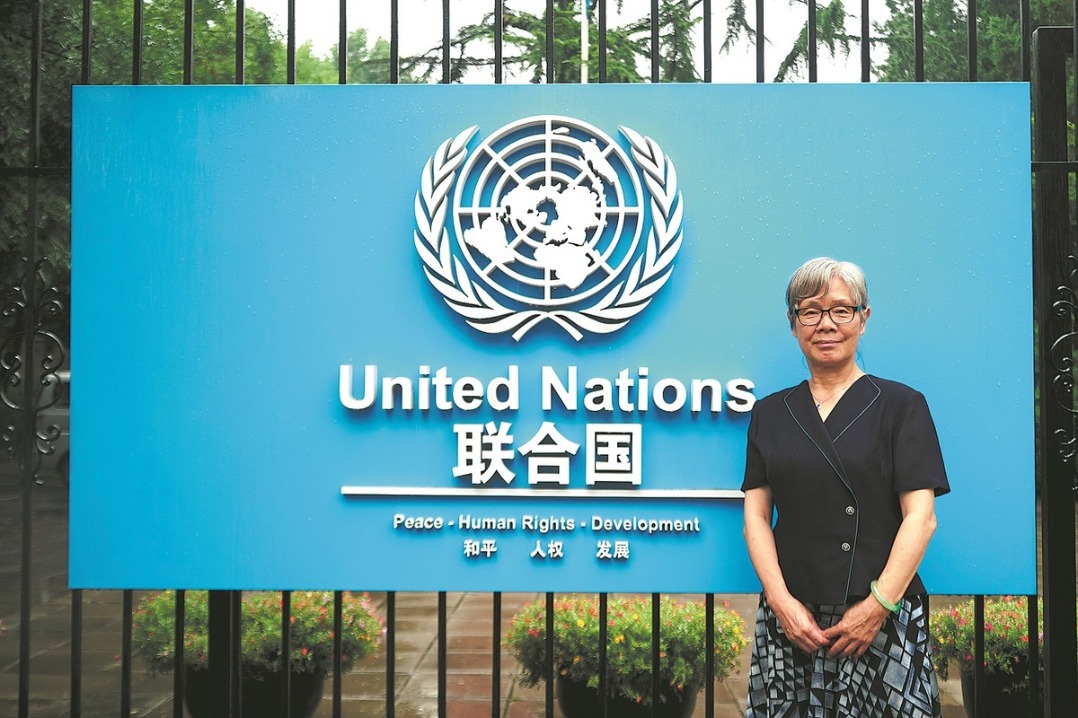Science, technology vital to achieving climate goals

The critical role of science and technology in peaking carbon emissions and carbon neutrality was emphasized by climate experts last month, who called for more global cooperation and the utilization of China's Belt and Road Initiative in addressing the climate crisis.
"With the exacerbation of global climate change and the frequent occurrence of extreme weather events, carbon emission reduction has become a major issue regarding the continuation of humanity and civilization," said Jiang Song, deputy director of the National Natural Science Foundation of China, at the second Belt and Road Conference on Science and Technology Exchange held in Chengdu, Sichuan province, in June.
The Chinese government released its carbon peak and carbon neutrality goals in 2020, committing to reaching the maximum level of carbon dioxide emissions before 2030 and achieving carbon neutrality before 2060.
Jiang emphasized the importance of science and technology in reaching the ultimate objectives of carbon peak and carbon neutrality. This is the fundamental pathway to overcoming resource and environmental limitations and achieving sustainable development, he said.
"Countries participating in the BRI possess their own characteristics and advantages in resources, technology and industrial foundations. In recent years, they have made significant strides in energy transition, energy conservation and emission reduction," he said, highlighting the pressing need to transcend geographical boundaries, form an innovative synergy and combat the climate crisis with concerted efforts.
He Kebin, an academician at the Chinese Academy of Engineering and dean of the Institute for Carbon Neutrality at Tsinghua University, said that countries involved in the BRI have ample new energy sources, and therefore promoting carbon neutrality is not only beneficial for the environment but also important for socioeconomic development.
"Fossil fuels currently underpin global economic development, but their geographic distribution is highly uneven. In contrast, wind and solar resources — as heralds of future energy solutions — exhibit a more balanced global distribution," He said. "The utilization of wind and solar energy entails greater technological demands. Therefore, those who establish a technological system to support the large-scale adoption of new energy will seize the initiative for development."
Siddharth Chatterjee, the United Nations resident coordinator in China, said the BRI is a valuable platform for strengthening international scientific and technological cooperation. Through South-South cooperation, countries can exchange knowledge, share practices and promote common progress, he said, adding that this aligns with the broad development agenda of the UN and showcases China's leading role in climate action.
Zhang Liehui, Party secretary of Southwest Petroleum University, said the collaborative efforts of Chinese universities with countries involved in the BRI in conducting joint research to tackle energy and environmental challenges reflect a shared commitment to knowledge exchange and technological innovation. He added that his university has been engaged in cooperation with Iraq on studies related to oil, gas and clean energy.
Leveraging the academic strength of the university and Iraq's abundant oil, a key collaborative initiative centers on carbon dioxide enhanced oil recovery, a technique entailing injecting carbon dioxide into oil reservoirs to boost crude oil production. The joint laboratory has delved into technologies like carbon capture and storage, as well as the development of solid oxide fuel cells, Zhang said.
The university plans to help Iraq establish its first national-level laboratory for carbon neutrality studies, he added.
In another example of international technology cooperation, Yunnan Normal University is leading a project focused on comprehensive biogas recycling and utilization in Vientiane, Laos.
This initiative centers on utilizing manure as the primary feedstock, with an average daily input of 2.1 metric tons. The project produces 33 cubic meters of biogas daily exclusively for biogas power generation. So far, it has achieved a daily reduction of 198 kilograms of carbon dioxide emissions, amounting to an annual reduction of 72.3 tons.
It is expected that this initiative could be extended to areas abundant in agricultural waste or livestock manure across Southeast Asia and South Asia, advancing their renewable energy development.
- Long-stay tourism gains momentum in Yunnan
- Flag of Yang Jingyu Company returns to Jilin province
- China releases regulations on Chinese employees in foreign diplomatic missions
- Shanghai Innovation Institute marks first anniversary with AI innovations
- Khaby Lame meets his match in Jingdezhen
- Shijiazhuang begins International Traveler Joy Season





































